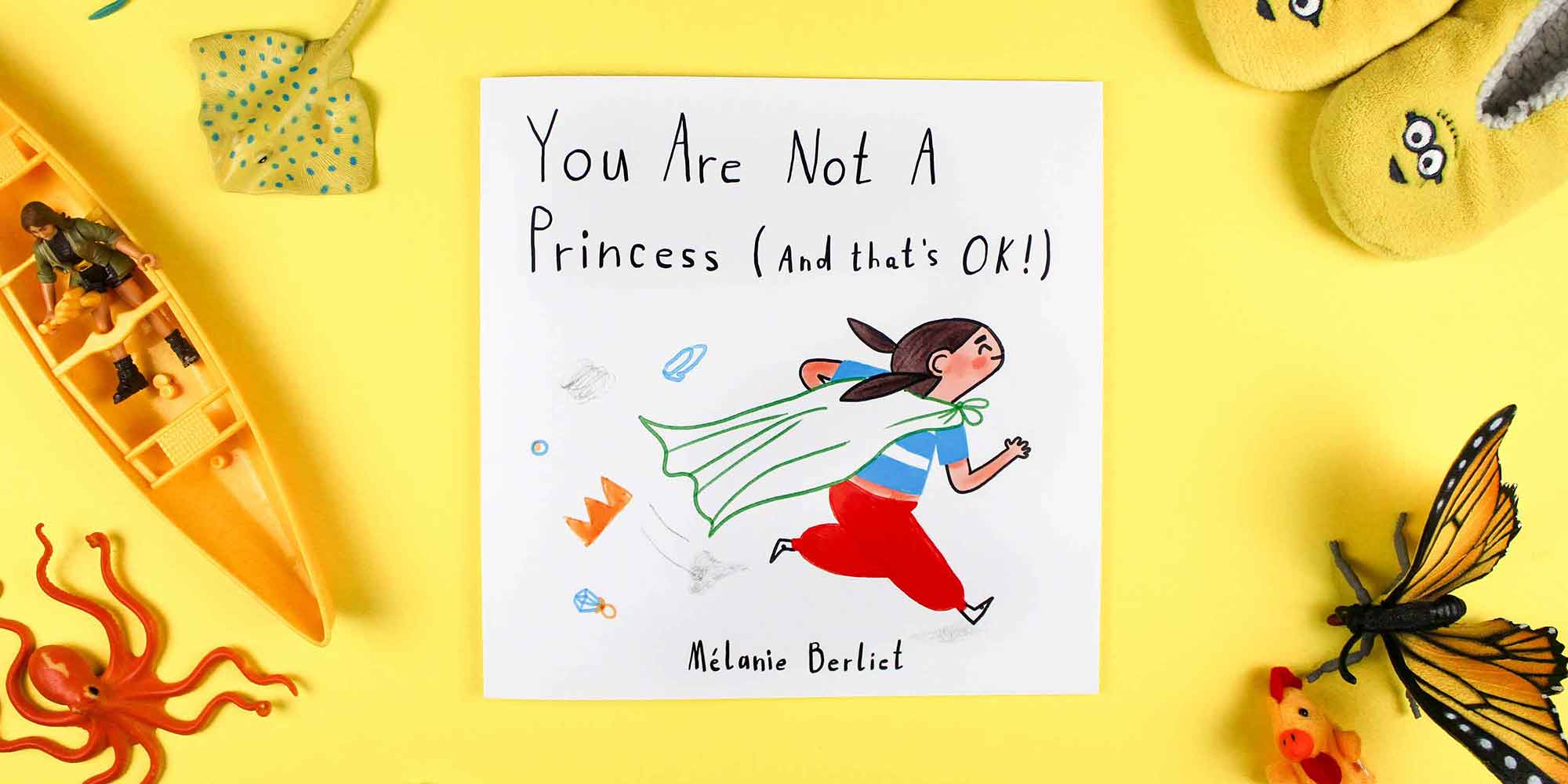
Welcome to my ultimate guide on kick starting and expanding your very own embroidery business. I’m here to provide you with all the essential information, practical insights, and expert advice you need to transform your passion for embroidery into a thriving and profitable venture.
Embroidery has come a long way, my friend! It used to be a traditional skill passed down through generations, but now it’s thriving on industry level. Embroidery businesses offer all sorts of cool services, like customising clothes and accessories, and creating intricate designs for fashion, home textiles, and more. Technology has played a big role in this evolution, with computerised machines and software making embroidery faster and more detailed. Plus, thanks to e-commerce and social media, embroidery businesses can reach customers all over the world.
Embroidery is not just a beautiful art form but also a thriving business opportunity. If you’re passionate about machine embroidery and dream of turning it into a successful venture, this article is for you.
My goal is to empower you with the know-how, resources, and self-assurance necessary to set up a thriving embroidery business. Whether you're just starting out or seeking to grow your current operations, I've got your back! Let's dive in and make your embroidery dreams a reality.
Finding Your Niche:
When starting an embroidery business, having a well-organised business plan is crucial. It not only allows you to outline your objectives and strategies but also demonstrates your commitment to potential investors and stakeholders. Think of it as a roadmap that sets you up for success and shows others that you mean business. To stand out in the embroidery business, it's essential to find your unique niche. Consider specializing in a specific style, theme, or target market. Whether it's personalised baby onesies, embroidered portraits, or nature-inspired designs, carving out your niche will help you attract the right customers.
Choosing the Right Equipment:
Investing in the right embroidery machine is crucial for your business’s success. Research and compare different models, considering factors like hoop size, stitch quality, and user-friendly features. Don’t forget to read reviews and seek recommendations from fellow embroiderers. When it comes to selecting the right embroidery machinery, it’s a crucial decision that can have a big impact on your business. There are several factors to consider, such as the type of machine, embroidery area, stitching speed, user-friendliness, and after-sales support.
In this chapter, we’ll take a closer look at these factors to help you make an informed choice. We’ll also explore the differences between single-needle and multi-needle machines, as well as the advantages of multi-head machines and connectivity options for expanding your business. Check out my article on the pros and cons of single-needle vs multi-needle machine.
Building a Strong Brand:
Creating a strong brand identity is key to attracting customers and building trust. Develop a memorable logo, choose a consistent colour palette, and design eye-catching packaging. Your brand should reflect your unique style and values. Craft an unforgettable brand image
There are a few key factors to consider. Let's take a closer look at each one:
Business Name:
Opt for a distinctive and memorable name that reflects the essence of your embroidery services and resonates with your target audience. Make sure it's easy to spell, pronounce, and remember.
Logo:
Design a one-of-a-kind logo that captures the essence of your business and is instantly recognizable. Utilize colors, fonts, and visuals that align with your brand identity and appeal to your target market.
Tagline:
Craft a short and snappy tagline that effectively communicates your business's unique value proposition and sets you apart from your competitors. Make it catchy and memorable!
Colour Palette:
Choose a color palette that embodies your brand's personality and connects with your desired audience. Consistency is key, so use these colors consistently across all your marketing materials and digital platforms.
Typography:
Select fonts that complement your logo and overall brand identity. Consistency in font usage helps maintain a cohesive look and feel across all your communications, both online and offline.
Sourcing Materials and Supplies:
Quality materials and supplies are essential for producing high-quality embroidery. Research reputable suppliers for fabrics, threads, stabilizers, and other necessary supplies. Consider eco-friendly and sustainable options to align with current trends and customer preferences.
It is very important, sourcing high-quality materials and supplies for your projects.
Start by exploring the different types of embroidery threads, stabilizers, and backing materials that are available to you. Each type of thread has its own unique characteristics, such as materials, textures, and thicknesses, which can greatly impact the final result of your embroidery. For example, rayon threads are known for their vibrant colours, high sheen, and smooth texture, making them perfect for decorative embroidery on garments and accessories. However, they may not be suitable for projects that require frequent washing or exposure to sunlight, as they can fade over time.
Tips for finding it:
On the other hand, polyester threads are highly durable, colorfast, and resistant to abrasion, making them a great choice for heavy-duty embroidery or items that undergo frequent laundering. Their high sheen and wide range of colours also make them versatile for both decorative and functional embroidery. And let’s not forget about cotton threads, known for their soft feel and natural appearance, adding a touch of elegance to your embroidery creations.
Also explore the importance of stabilizers and backing materials in achieving professional-looking embroidery. These materials provide support and stability to your fabric during the stitching process, ensuring clean and precise designs. I’ll discuss different types of stabilizers and backing materials, and how to choose the right ones based on the fabric and design you’re working with.
Cover the essential tools and accessories too, you’ll need to bring your embroidery vision to life. From embroidery needles and scissors to hoop frames and marking tools, I’ll give you the lowdown on all the must-haves for your embroidery toolkit.
Perfecting Your Craft:
Continuous improvement is the key to success in any creative field. Hone your embroidery skills by practicing different techniques, exploring new designs, and experimenting with various threads and materials. Attend workshops, join online communities, and learn from experienced embroiderers to refine your craft.
By exploring different methods, you can expand your skills and cater to a wide range of customer needs.
Hand Embroidery:
Hand embroidery is a fantastic way to add an authentic, artisanal touch to your products. There are several popular techniques to consider:
- Cross-stitch: This method uses X-shaped stitches to create beautiful images and patterns.
- Crewel: With this technique, you can create decorative designs using wool thread on a linen or cotton fabric background.
- Needlepoint: Also known as canvas work, needlepoint involves stitching onto an open-weave canvas to create intricate surface embroidery.
- Blackwork: This style uses black thread on white fabric to create geometric patterns or decorative borders.
- Sashiko: A Japanese technique characterised by straight or curved running stitches, often used for quilting and decorative purposes.
Machine Embroidery:
Machine embroidery is a top choice for many embroidery businesses because it lets you create designs quickly, consistently, and with intricate details. There are various techniques you can explore within machine embroidery:
- Appliqué: This method involves attaching one fabric piece to another using decorative stitching, resulting in a layered look.
- Monogramming: A classic embroidery technique that adds a personal touch by stitching initials or names onto items, often used for customizing gifts or corporate apparel.
- 3D puff embroidery: This technique adds dimension to designs by placing foam underneath the embroidery, creating a raised, three-dimensional effect.
- In-the-hoop embroidery: This technique allows you to complete entire projects within the embroidery hoop, such as small toys, patches, or bookmarks, often with minimal additional sewing required.
Marketing and Promotion:
To attract customers and grow your business, effective marketing is essential. Utilize social media platforms like Instagram and Facebook to showcase your work, engage with your audience, and collaborate with influencers. Consider creating a website or an online store to reach a wider customer base.
Providing Exceptional Customer Service:
Customer satisfaction is the backbone of any successful business. Strive to provide exceptional customer service, including prompt communication, timely delivery, and addressing any concerns or issues promptly. Positive word-of-mouth can go a long way in growing your embroidery business.
Conclusion:
Starting a machine embroidery business requires a combination of creativity, business acumen, and dedication. By following these tips, tricks, and learning from inspiring success stories, you'll be well-equipped to embark on your journey and make your mark in the world of machine embroidery.
Remember, starting a business is not without its challenges, but with passion, perseverance, and a commitment to continuous improvement, you can turn your machine embroidery dream into a thriving reality. So, put your creativity to work, embrace the entrepreneurial spirit, and let your stitches tell a story of success.
Edible Easter Slime
Mauris congue venenatis nisl ut varius. In posuere sem lorem, eu iaculis ante. Quisque eget turpis
Creative Back To School Ideas
Mauris congue venenatis nisl ut varius. In posuere sem lorem, eu iaculis ante. Quisque eget turpis
Exclusive Content
Be Part of Our Exclusive Community
Sed finibus, sem elementum tincidunt tempor, ipsum nisi ullamcorper magna, vel dignissim eros sapien at sem. Aliquam interdum, ante eget sagittis fermentum, mauris metus luctus sem, at molestie.
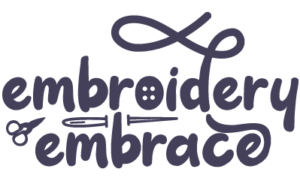

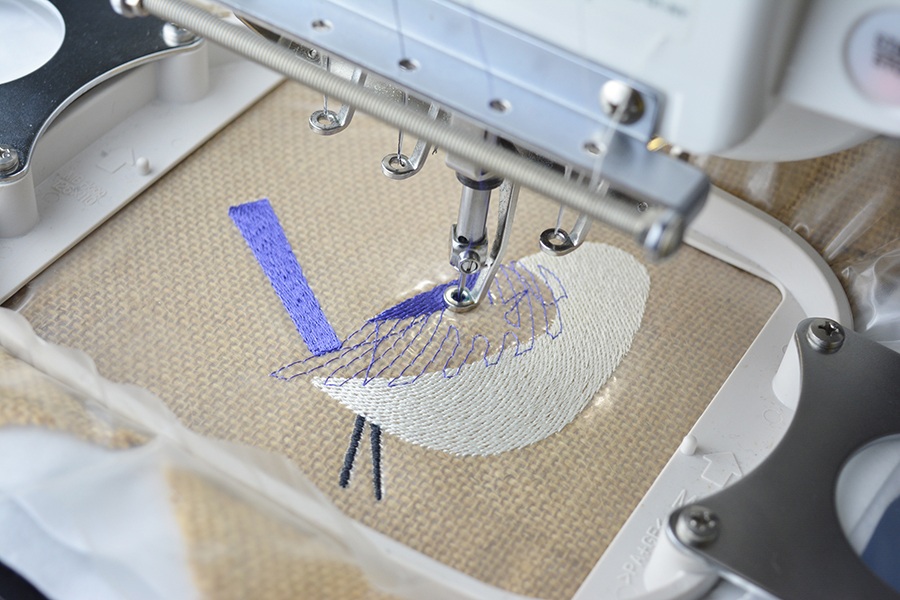

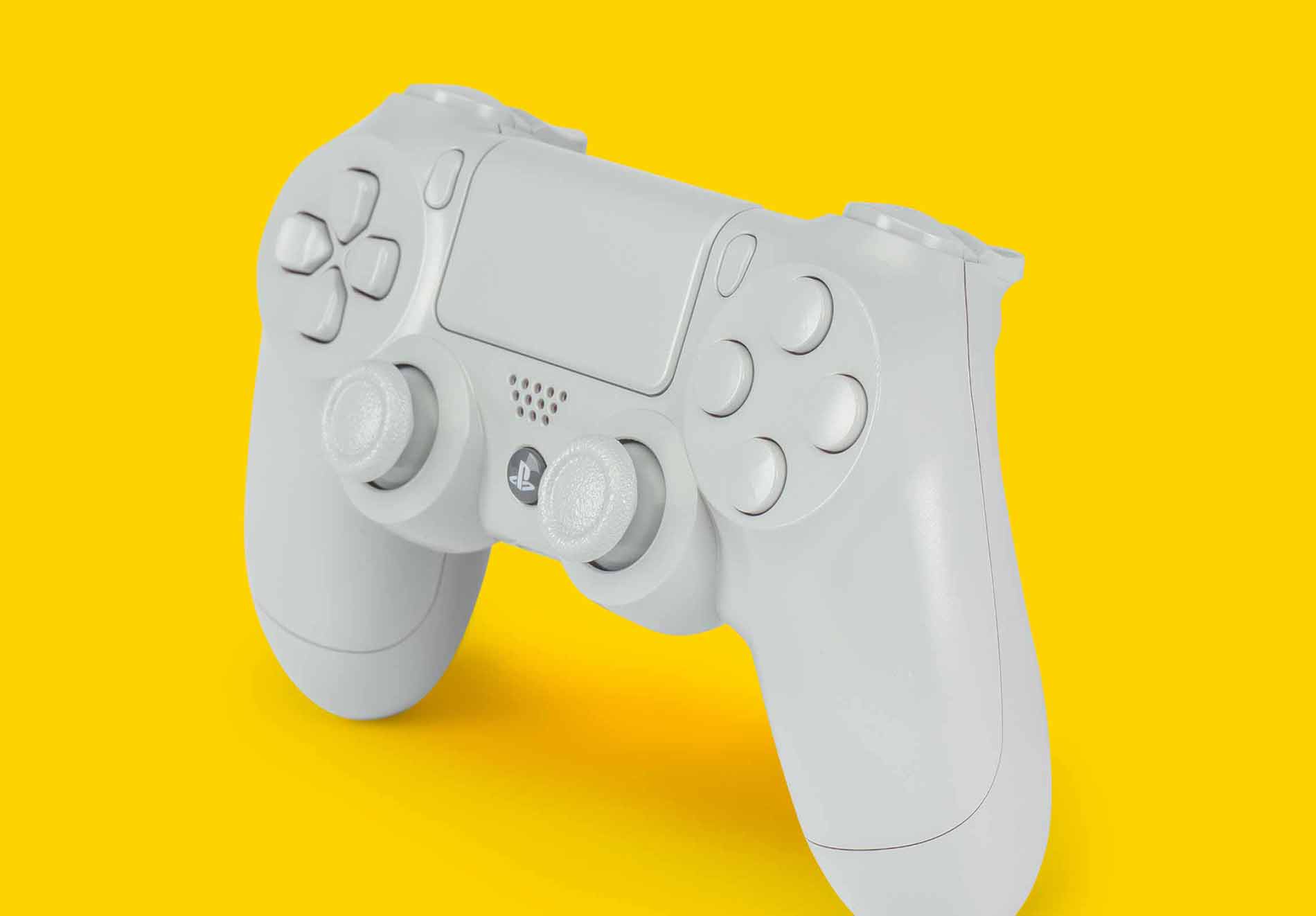

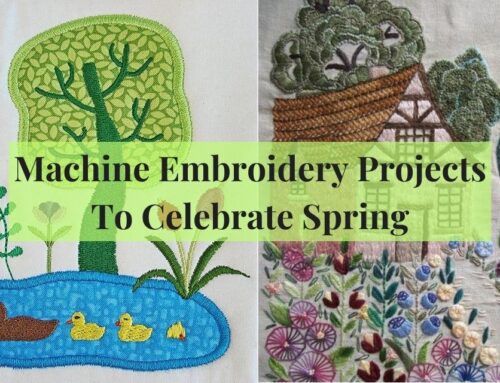
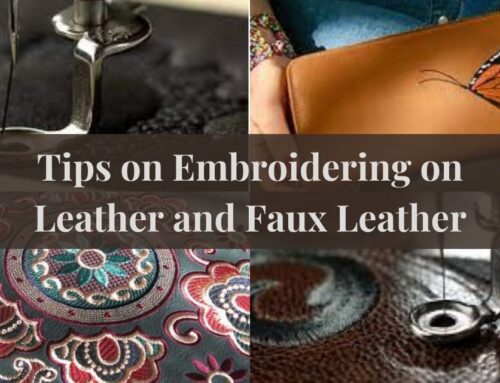
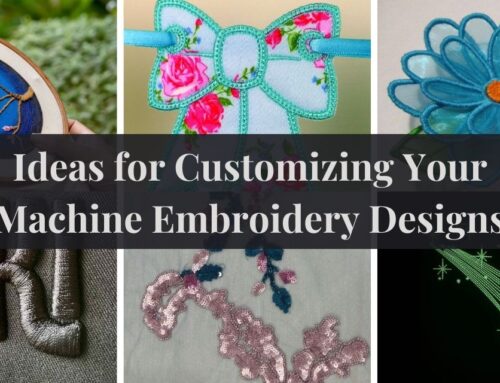
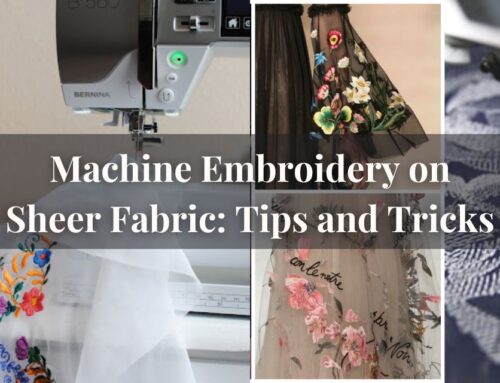
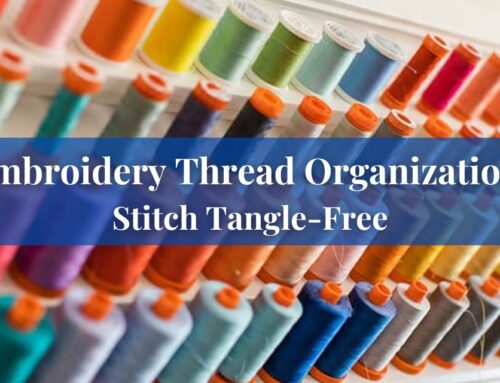
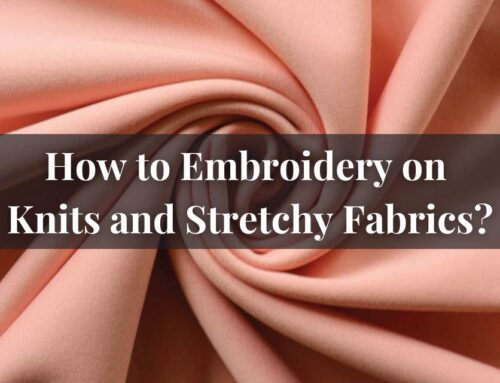
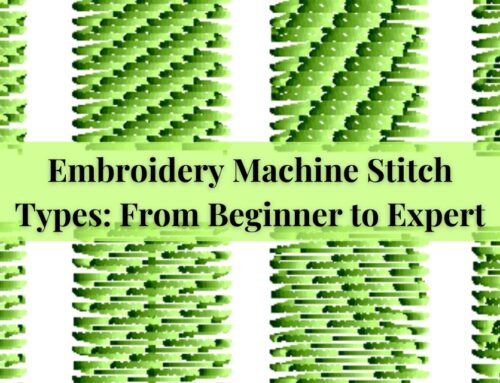
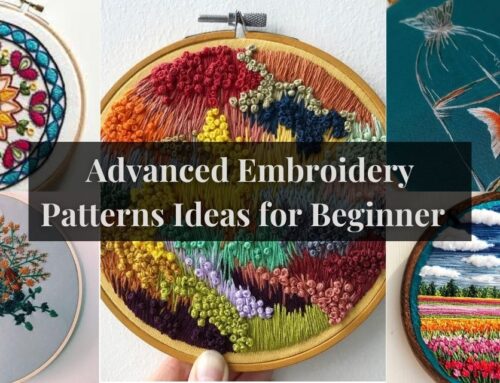
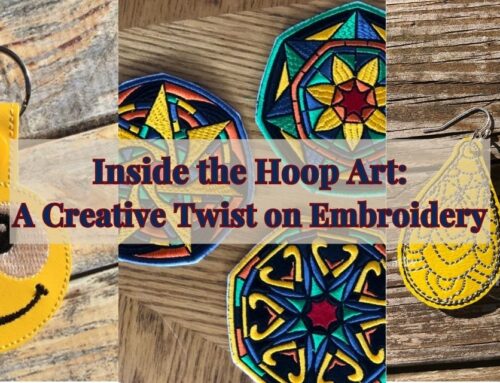
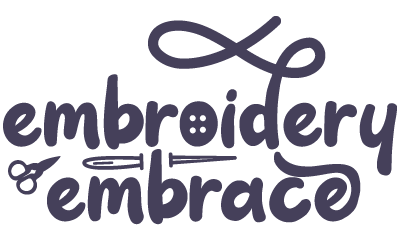
Leave A Comment